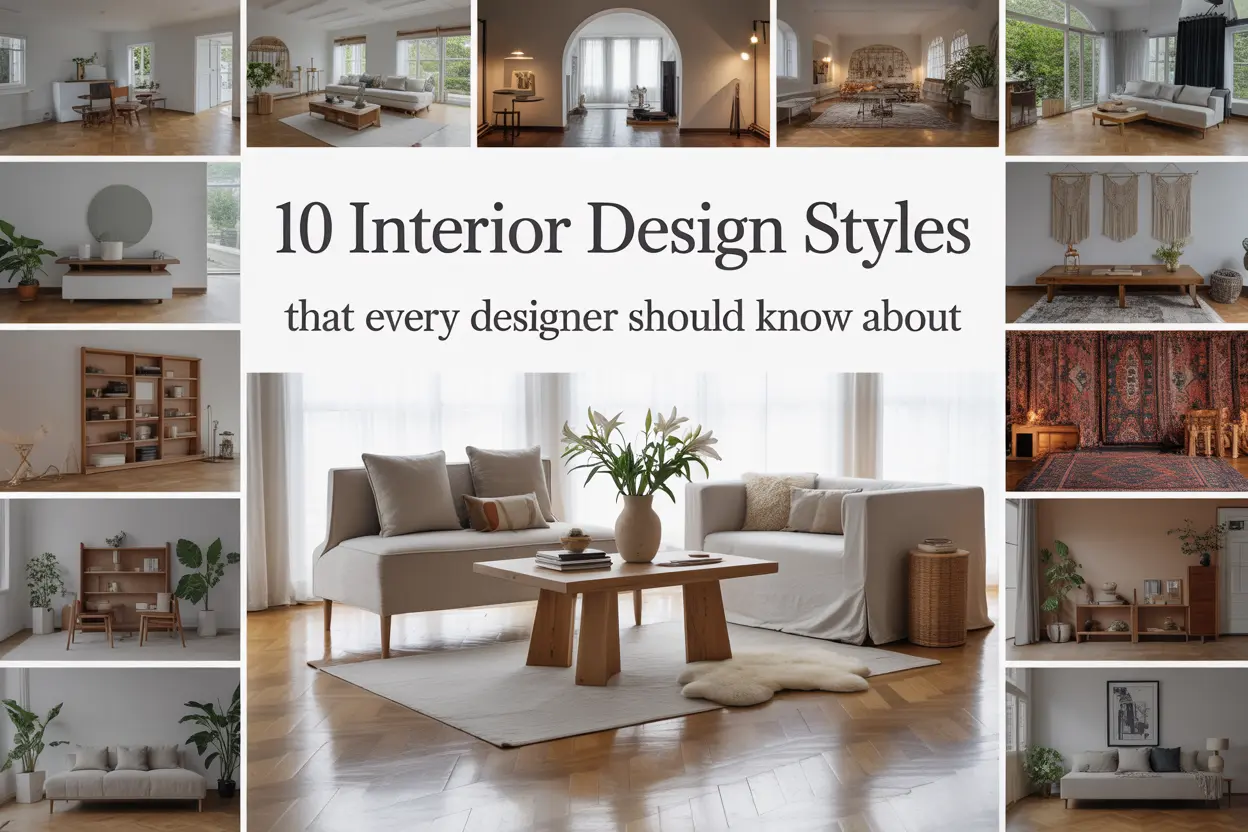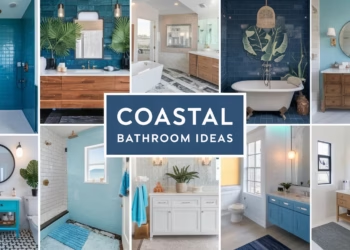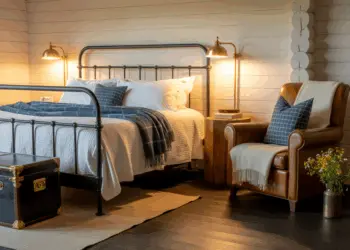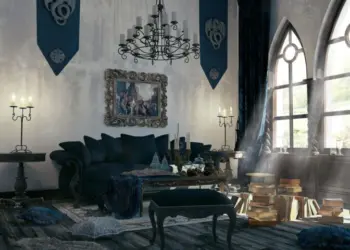Designers and interior renovators need to be aware of all popular interior design styles in order to meet the needs and desires of their clients. Most of the time, clients have no idea what specific design style they want.
That’s where your knowledge and expertise about different styles of interior design come into play. After talking with your clients and taking a look at the inspirational images they have gathered, you should be able to identify their design style.
This top 10 best interior design styles will help you easily identify the specific styles your clients are referring to.
Table of Contents
1.Modern
The modern style originated from the modernist movement, which began in the 1920s. It should not be confused with the adjective “modern”, which refers to current trends. It is also different from contemporary style, which refers to current design trends. The modern design style is very specific and is said to have been created by the famous German-American architect Ludwig Mies van der Rohe.
- Main materials: wood, metal, glass, steel
- Color palette: Monochromatic, neutral, earthy
- Furniture style: simple, exposed legs, raised, satin finishes
- Distinctive features: clear lines, simple furnishings, no clutter or ornaments, “form follows function”.
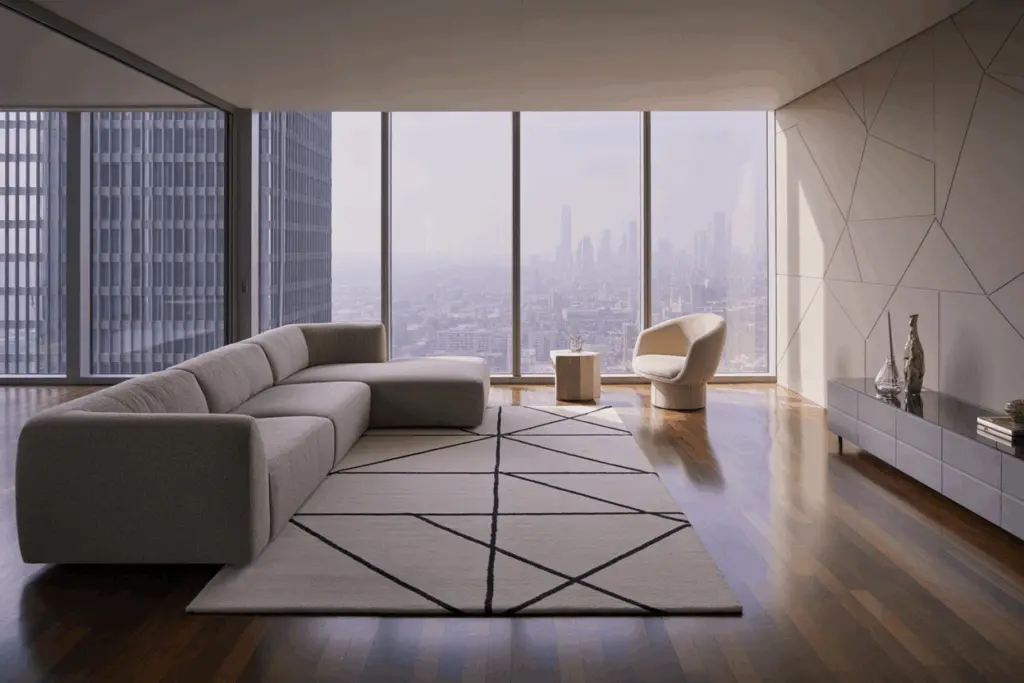
2.Traditional interior design style
The traditional style is inspired by older, more classic European design styles. It is a style that brings comfort and security to a room, making the space warm and welcoming. A house with a traditional design contains no surprises: everything is clean, calm and calculated.
- Main materials: wood
- Color palette: neutral walls, warm, rich, dark colors, golden and silver furniture/accessories
- Furniture style: elegant, majestic, floral motifs, wood (mahogany, maple, cherry), upholstered, heavy, with curved legs, velvet, silk
- Distinctive features: symmetrical, columns, ceiling moldings, detailed woodwork

3.Contemporary
Contemporary style should not be confused with modern style. If your client wants a contemporary home, it means that he or she is in line with current design trends. It is not a static trend, but rather an evolving trend that adapts to the current times. Contemporary style is generally based on simplicity, sophistication and purity of lines. It is clean, elegant and bright.
- Main materials: light wood, glass, stainless steel
- Color palette: brown, taupe, cream, white, black
- Furniture style: exposed legs, neutral tones, natural fibers, two-tone prints, no contours or superfluous fabrics
- Distinctive features: open space, uncluttered, airy, emphasis on line and shape
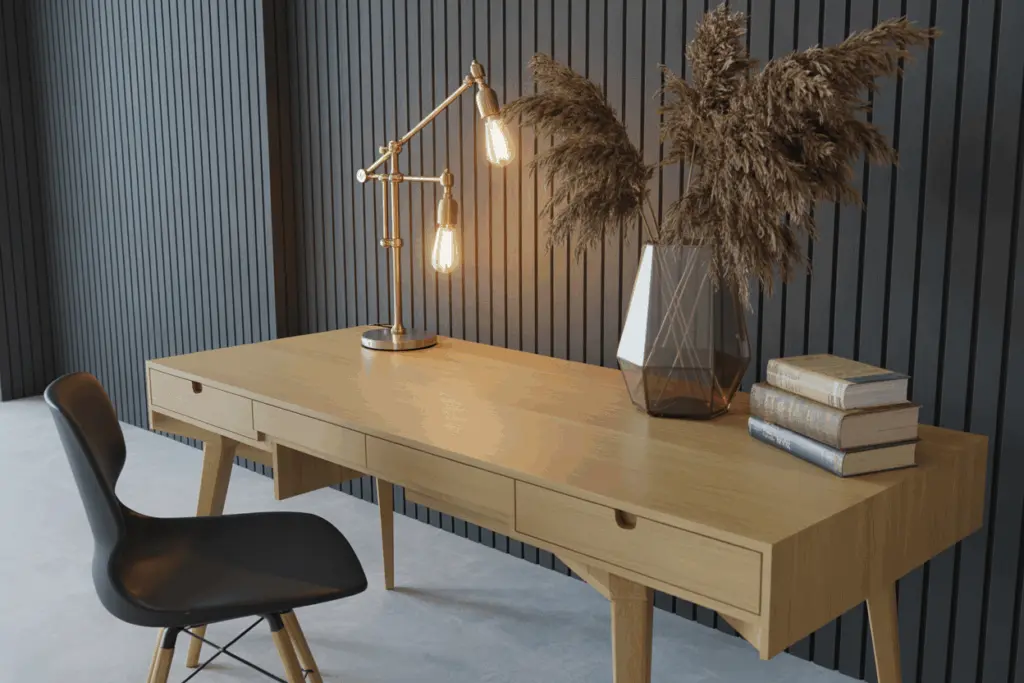
4.Industrial interior design style
The industrial style was inspired by the industrial age, where machine, metal and brick were predominant. Today it celebrates the raw and exposed materials of a building. However, it is not reserved for people living in lofts; any space can be transformed into an industrial-style home with the right color palette, materials and furniture.
- Main materials: patinated wood, metal, brick, concrete
- Color Palette: Neutral tones – brown, brun, black, cream, gray
- Furniture style: mix of wood and metal, vintage/antique look, patinated, functional
- Distinctive features: open concept, high ceilings, exposed materials, sleek, functional, mix of old and new, negative space

5.Transitional
The transitional style is a mix of traditional and contemporary. It offers the best of both worlds by combining comfort and elegance. This style emphasizes texture and material rather than color.
- Main materials: wood, glass, lacquer, steel, mirror
- Color Palette: Neutral – brown, taupe, brown, cream, grey
- Furniture style: curves combined with straight lines, lacquered finishes, modern fabrics, prints and subtle patterns
- Distinctive features: light ornaments, clean lines, welcoming, dominant wall, neutral colors
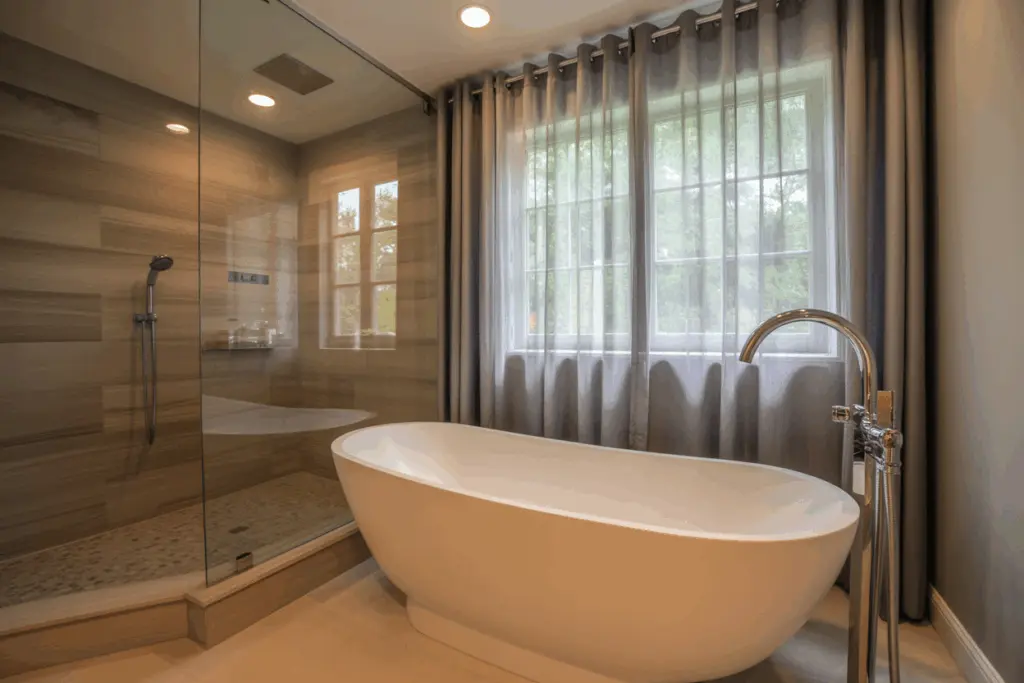
6.Rustic interior design style
The rustic style consists in bringing natural elements into a house. This style is often used for cottages but is becoming more and more popular with city dwellers. The rustic style incorporates outdoor accessories such as branches, logs and reclaimed wood.
- Main materials: wood, stone, organic textures
- Color palette: brown, green, gold, gray, beige
- Furniture style: aged/rough wood, leather, rough edges
- Distinctive features: wood beams, stone fireplace/ambient wall, warm colors, natural materials, wooden countertops and furniture, worn finishes

7.Bohemian
Bohemian style is suitable for people who adopt a lifestyle out of convection and who like bright colors, vintage furniture and layering materials. This style is a blend of beauty, chaos and culture. It allows the owner to express his individuality and often incorporates accessories from travel or flea markets. This style of interior design is illustrated by an orderly form of clutter.
- Main materials: wood, metal, dyed textiles
- Color Palette: brown, green, metallic, gold, purple, orange, blue
- Furniture style: second hand/vintage, felted, colors saturated, footstools, mismatched, comfortable
- Distinctive features: colorful, layers, various textures and patterns, vintage, tapestry, cluttered

8.Minimalist
The minimalist design style stems from the “less is more” theory. There is less furniture, less clutter, less accessories. Even the elements used are minimalist in that they are airy and surrounded by empty space. If your client is a fan of the minimalist style, you will have to work with open spaces, little furniture and lots of white.
- Main materials: glass, wood, marble, concrete, metal
- Color palette: monochromatic, white, black, grey
- Furniture style: pure forms, functional, simple, sober colors
- Distinctive features: clean lines, uncluttered, unadorned, quiet, spacious, airy, lots of light
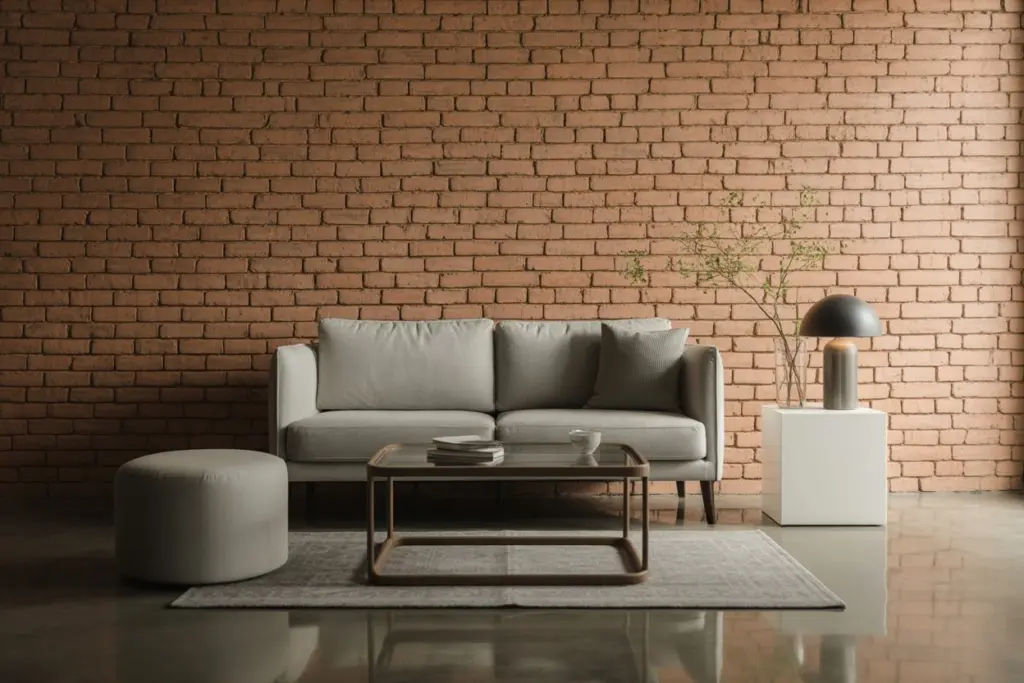
9.Hollywood Regency
This style dates back to the 1930s, when Hollywood was booming. The Hollywood Regency style is suitable for clients who like glamour, opulence and are not afraid to take risks. It is also for people who like to entertain their guests and have an active social life. This style of interior design opposes minimalism and aims for extravagance.
- Main materials: glass, mirror, metal, lacquer
- Color palette: bold – purple, red, turquoise, gold
- Furniture style: velvet, felted, Victorian style, lacquered, silk, satin, tufted
- Distinctive features: luxurious, extravagant, glamorous, dramatic, daring accessories

10. Scandinavian
The Scandinavian style comes from the Nordic countries. It emphasizes natural and artificial light to create a bright and neat space. Scandinavian design has many similarities with minimalist design, where functionality, simplicity and purity of lines reign supreme.
- Main materials: wood, plastic, metal
- Color palette: white, black, grey, brown
- Furniture style: functional, simple, natural fibers, clean lines, smooth and rounded edges, natural colors.
- Distinctive features: spacious, few accessories, natural light, light floors, space-saving, minimalist

